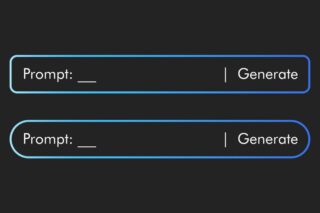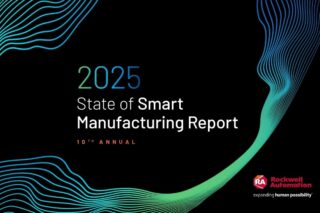It’s all about people. Eventually, they are responsible for everything — from pricing to marketing, to customer support. Therefore, if you want to start optimizing your processes, the first thing which needs your attention is your team. Advanced retailers are testing AI-powered pricing analytics software to boost their team’s productivity and, by extension, their financial performance.
By Nikolay Savin, head of price optimization product at Competera
The price of a product is the first thing that customers care about the most when making purchases, according to Deloitte. Therefore, pricing is arguably among the top processes that need to be optimized. According to IBM, “over 70% of retail and consumer products executives expect their companies to be engaging in intelligent automation across the value chain by 2021,” with 73% of retailers wishing to optimize pricing and promotion.
At the same time, new findings from PwC show that AI is here “to increase productivity, product quality and consumption” and bring an additional $15.7 trillion to the global economy by 2030. Aiding managers is among the missions of artificial intelligence. However, no matter how much you want technology to make your team more productive, it wouldn’t work until your managers know how to deal with it. More than a third of business executives that have been implementing AI across a variety of business processes state that “managers not understanding cognitive technologies and how they work” are among the main challenges when it comes to AI.
What should retailers do in this scenario? They need to educate their teams to do two things: to learn to use AI-powered pricing software and interpret its recommendations. Both sets of skills can be taught via a series of workshops.
Technical skills which pricing managers need to master include, but are not limited to, the ability to launch repricing, order products, set sales and revenue goals, and business constraints, etc, by using the software. This is the easy part, although it may take some time. Once managers feel comfortable employing the solution, repricing can take by up to five times less time than usual.
A more time-consuming, but by far more rewarding part is dedicated to teaching retail teams to trust algorithm-generated recommendations. As self-learning algorithms process gigantic amounts of data which are usually unyielding for humans, they may come up with sometimes unexpected price suggestions. It is possible that, in the beginning, retail managers would hesitate to apply such recommendations by justifying their decision with the following: “I’ve been setting prices for 15 years. I know exactly what I’m doing. Why should I listen to the machine?” Algorithms can indeed seem like a black box. Only a data scientist can understand the logic of every one of their price recommendations.
At the same time, debugging the logic is not necessary. To measure the success of AI algorithmic pricing, managers should evaluate the performance of the whole product portfolio rather than of an independent product. The algorithms usually calculate optimal prices in a way to boost the revenue of the entire portfolio – and that’s what they should be judged by. The good news is: algorithms can be course-corrected, and humans are those who have the final say in pricing.
Persuading pricing analysts usually requires real financial victories. Market tests across a variety of industries — consumer electronics, FMCG, or giftware — show stunning results: an up to 16% revenue boost and an up to 24% sales uplift. Once managers see similar results and realize that AI-powered price optimization makes them significantly faster and more effective, they start applying algorithm-generated data-driven recommendations at scale.
Ultimately, a growing number of retail companies are employing AI-backed pricing software to make their managers more productive, which directly translates into business growth. The trick is to teach retail teams to benefit from such solutions: to become proficient users and figure out how to interpret and apply algorithmic price suggestions in the best way possible.










